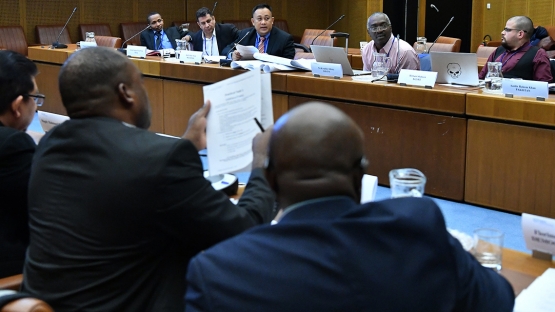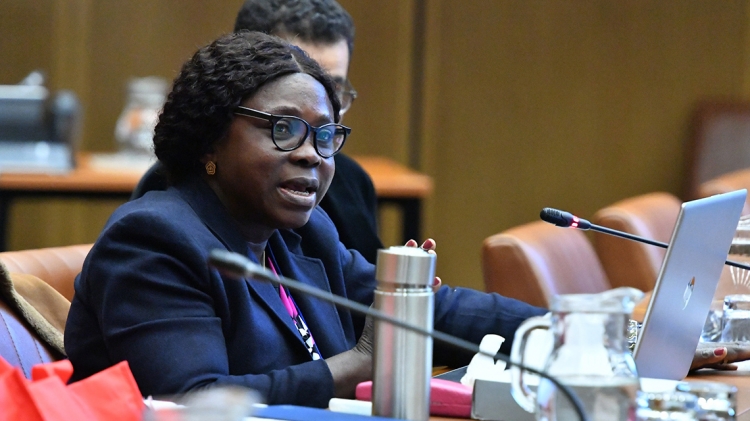Upgrading complex systems requires an effective project management framework to plan, organise and manage resources and to ensure the successful completion of project goals and objectives. This is particularly important when it comes to nuclear security: where physical protection systems of nuclear installations are upgraded regularly to make sure they are protected against sabotage and to protect nuclear material from falling into the hands of terrorists.
Last month, the IAEA held its first practical training on the subject – grouping requests from several IAEA Member States into a single activity. Focused on managing the implementation and oversight of physical protection upgrade projects for facilities with nuclear and other radioactive material, it was held at IAEA headquarters in Vienna, Austria.
“The course was helpful in identifying what is expected when we embark on a security upgrade project,” said Natsai Vanessa Mutanga, from the Radiation Protection Authority of Zimbabwe. “It was particularly helpful to understand the roles and responsibilities within the IAEA, the associated legal documents and administrative processes; and we also got a better understanding of the terminology used throughout the process.”
The training, held from 2 to 6 March, brought together regulators, operators and high-level policymakers from nine countries at various stages of implementing security upgrade projects with IAEA assistance. Such projects range from preparing operational requirements, systems design, facilitating complex procurement, and installing, testing and maintaining equipment necessary to detect intrusion to a facility and delay potential breach, enabling adequate time for an appropriate response. An essential element of the IAEA’s support is to ensure the project’s long-term sustainability and to help ensure that the project is authorised by the regulator to progress from one life cycle phase to the next.







